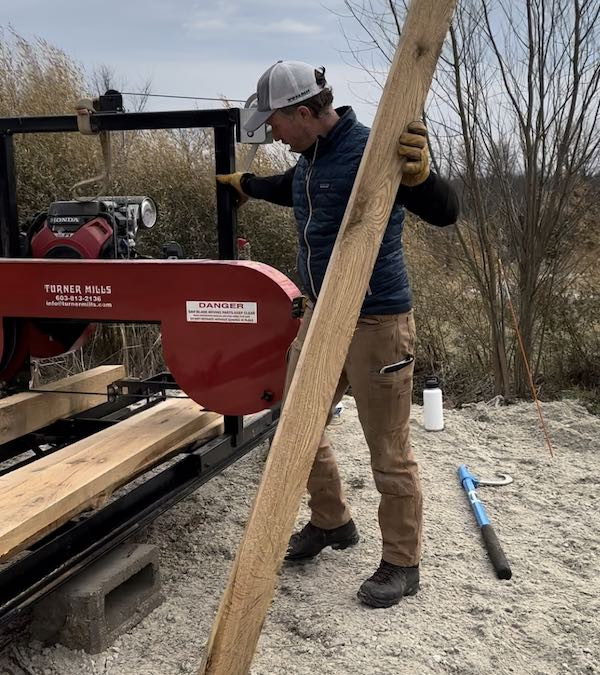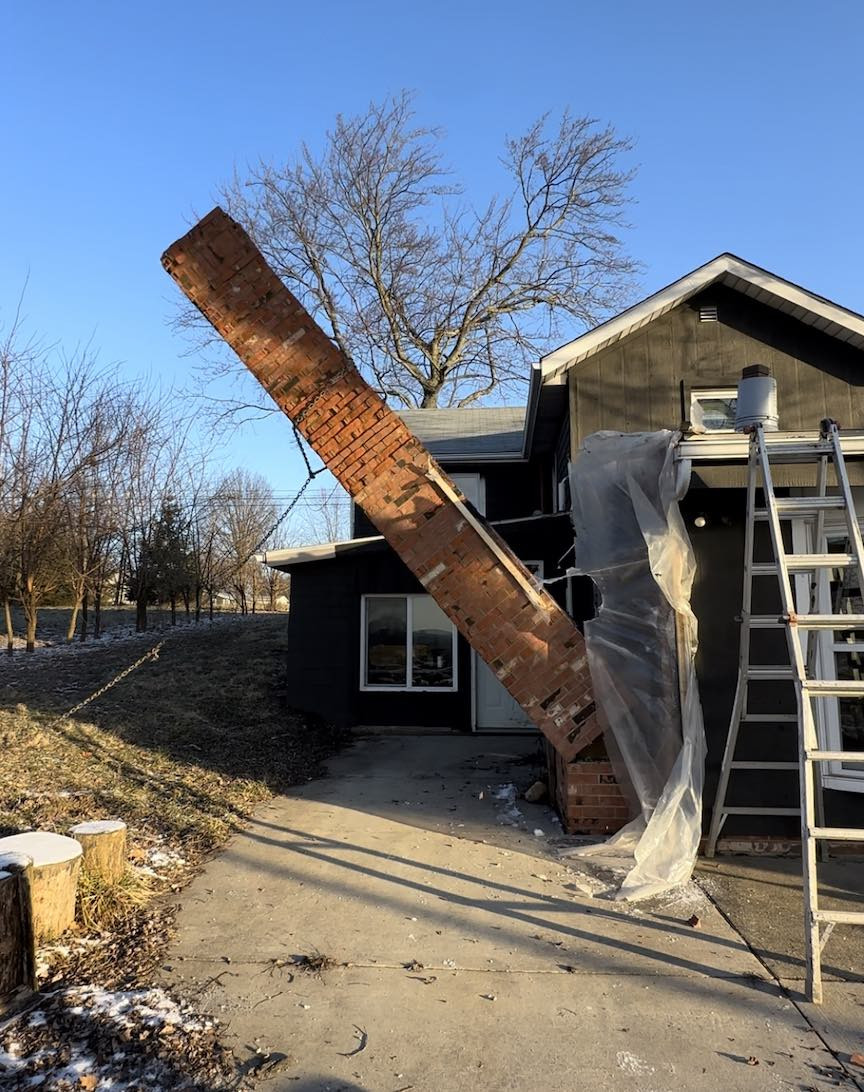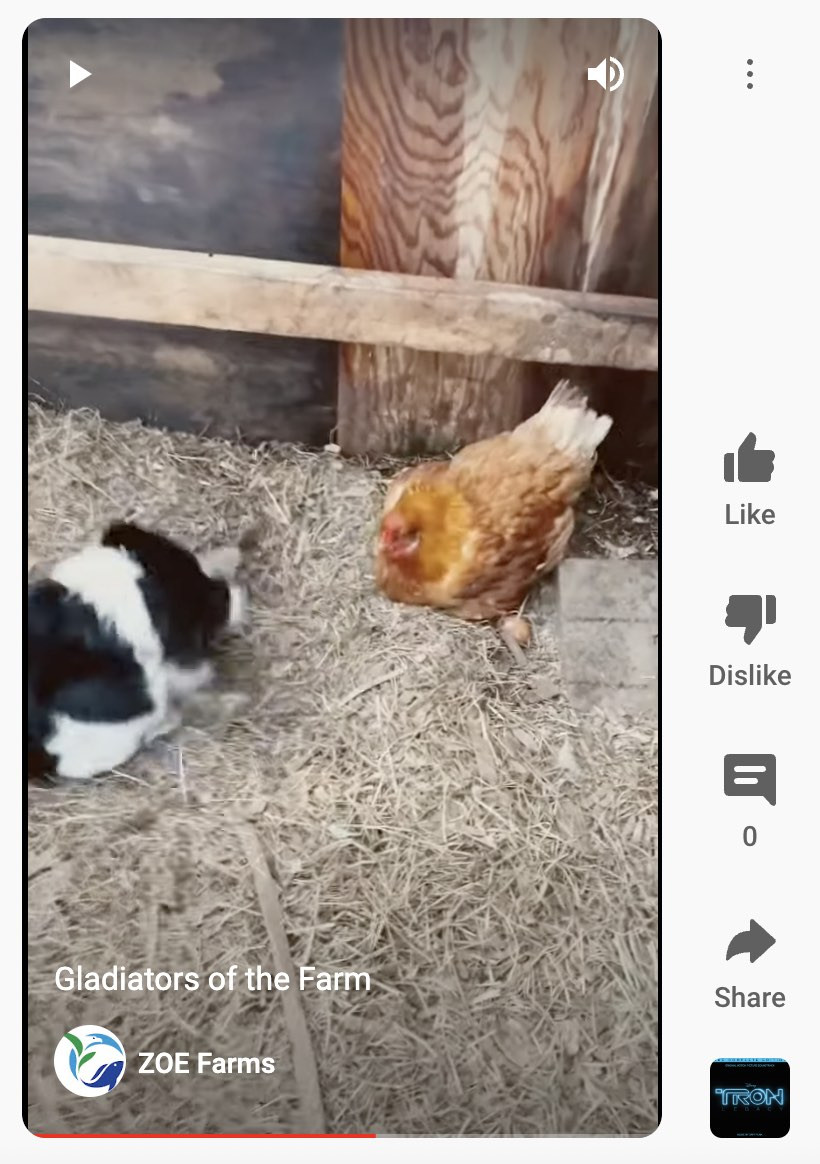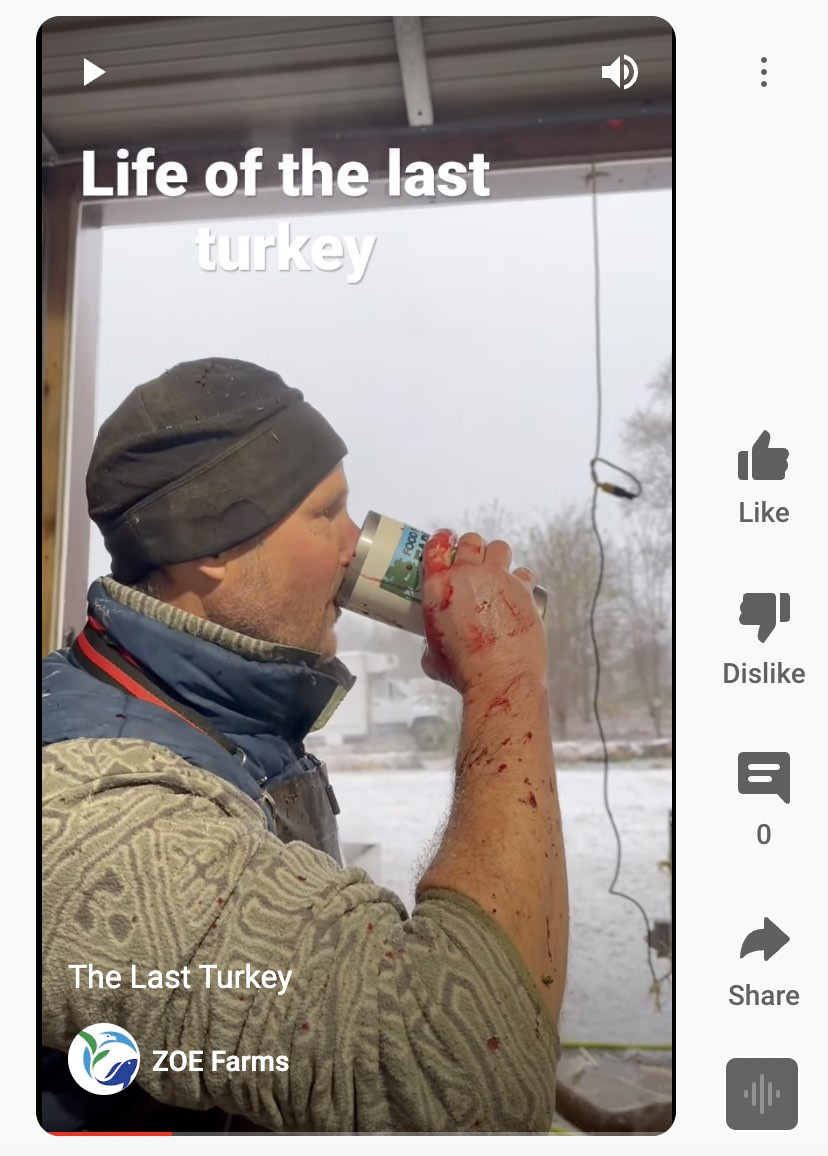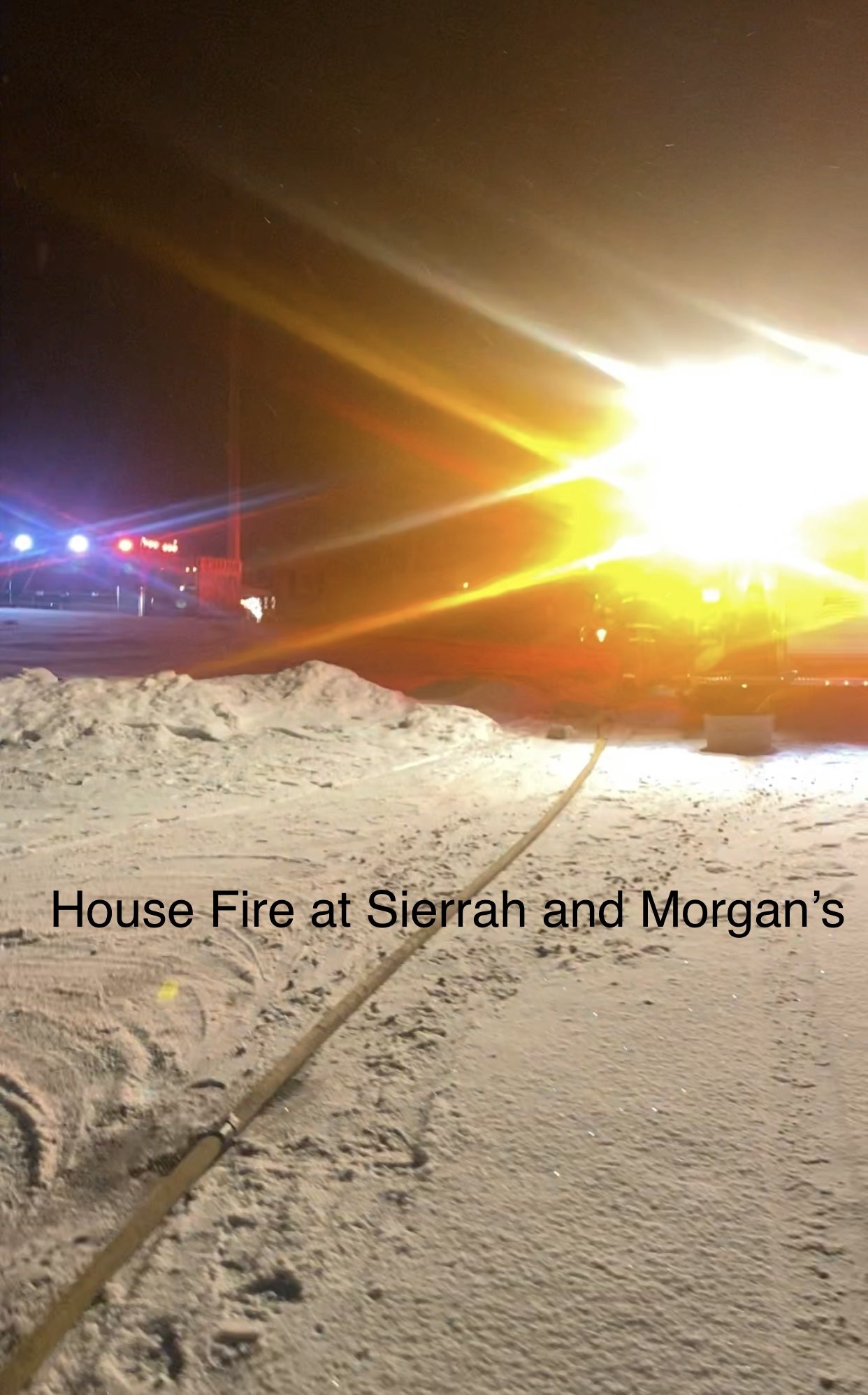My First Podcast Experience
I have never been accused of being an introverted person. When a local podcaster contacted me to see if I wanted to sit down and talk for an hour about what we do here at ZOE Farms. It didn't take a whole lot of thought on my part....


